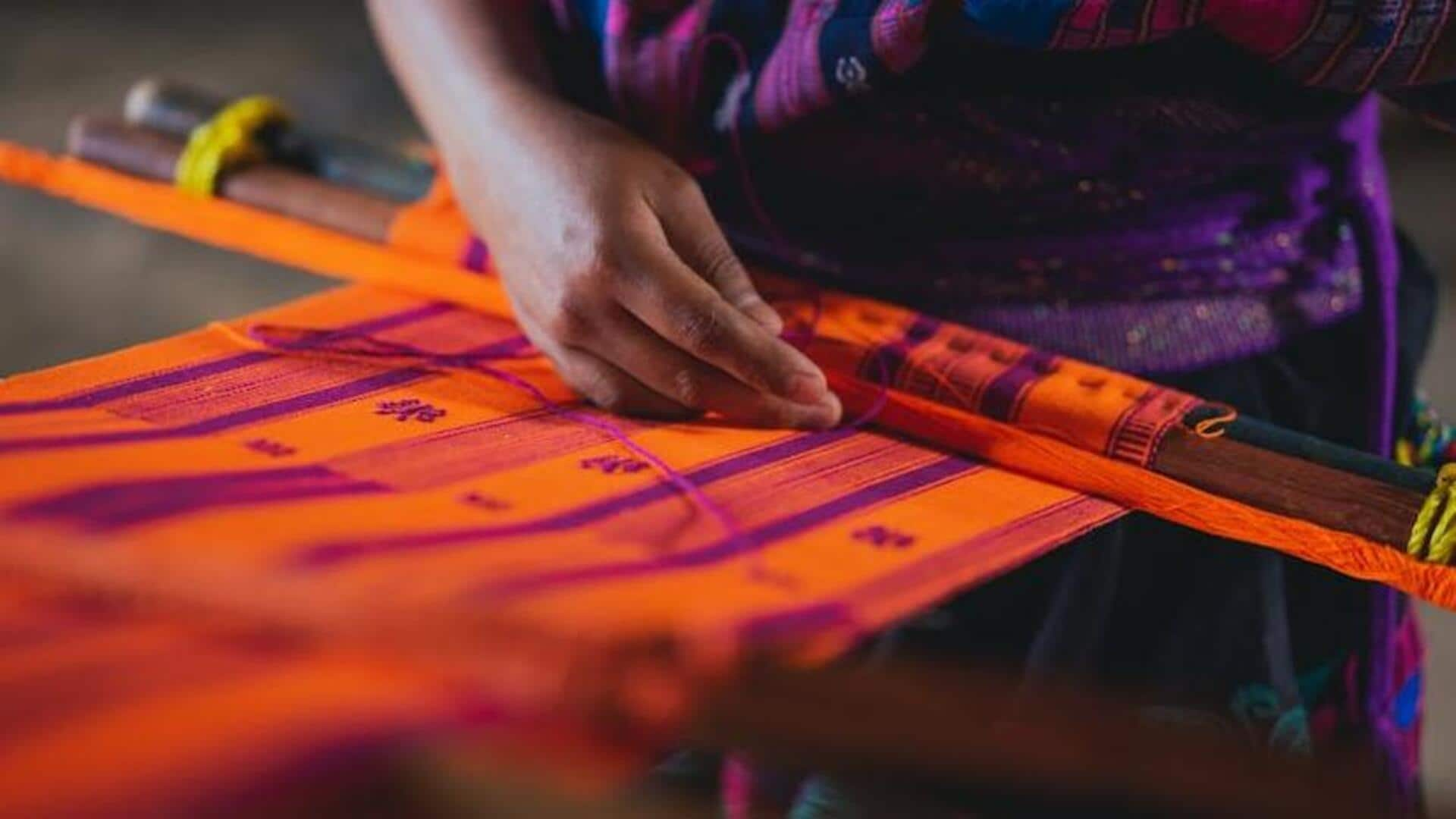
Ethical fashion explorer: Global fair-trade fabrics
What's the story
As the world becomes more conscious of its environmental and social impacts, ethical fashion takes center stage.
This guide explores the realm of global fair-trade fabrics, offering insights into the significance of choosing ethically sourced materials.
Journeying from the lush fields of organic cotton to traditional looms that produce handwoven textiles, we delve into sustainable fashion choices that support communities and preserve our planet.
Background
The heart of fair trade
Fair trade is more than just a certification; it's a movement toward ethical production practices that ensure fair wages, safe working conditions, and environmental sustainability.
By choosing fair-trade fabrics, consumers contribute to a system that values human dignity and ecological balance over profit.
This approach not only uplifts artisan communities but also encourages the use of natural resources in a responsible manner.
Key concept
From fiber to fabric
The path from raw materials to finished fabric is intricate, influenced by diverse cultures and methods.
Popular fair-trade fibers include organic cotton, bamboo, hemp, and silk. These are grown with environmentally friendly practices, like avoiding harmful pesticides to protect biodiversity.
Artisans craft these fibers into fabrics using age-old techniques, ensuring each piece tells a story of tradition and sustainability.
Practical advice 1
Making ethical choices
Start by researching brands transparent about their supply chain and with fair-trade certifications.
Look for Fair Trade Certified or Global Organic Textile Standard (GOTS) labels when shopping for textiles.
Also, support small businesses and artisans without formal certification but who follow ethical practices.
Every purchase is a vote for the world you wish to live in.
Practical advice 2
Beyond fabric: The bigger picture
Embracing ethical fashion means more than choosing fair-trade fabrics; it's adopting a mindful consumption approach.
Consider buying less but opting for better quality items that last longer.
Explore secondhand shops or swap clothes with friends to give garments new life, reducing waste.
Making conscious choices at every step of the fashion journey contributes to a sustainable future for everyone.